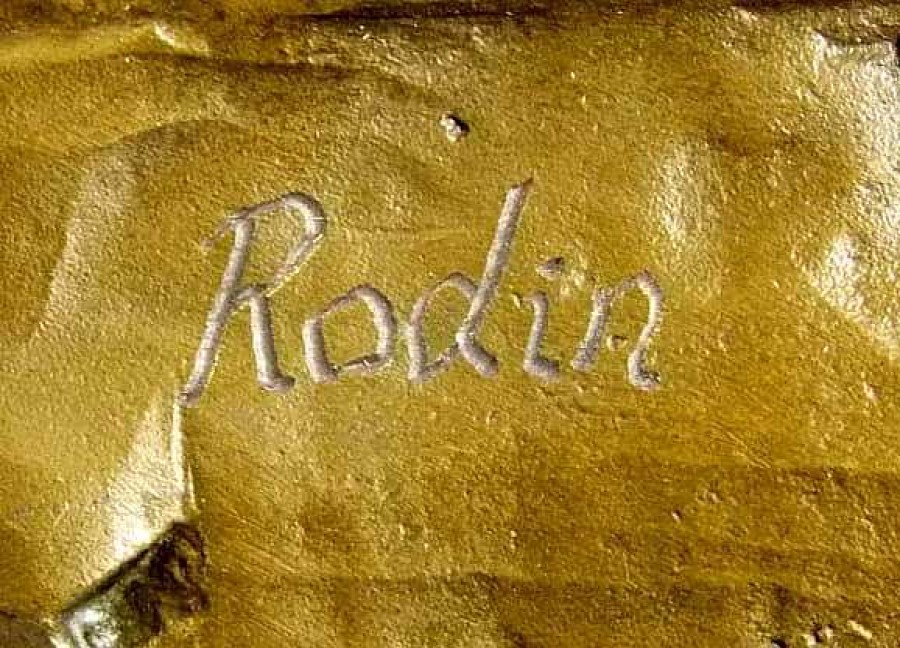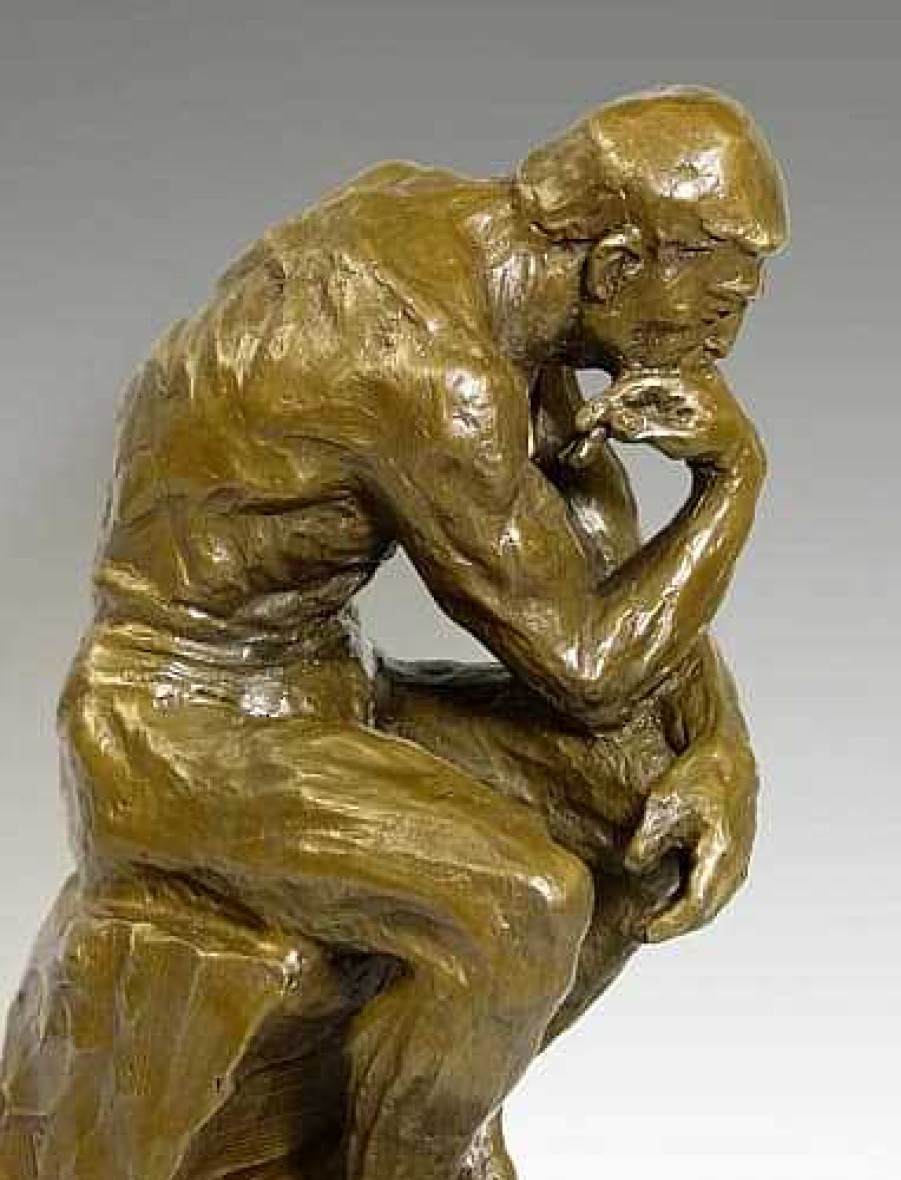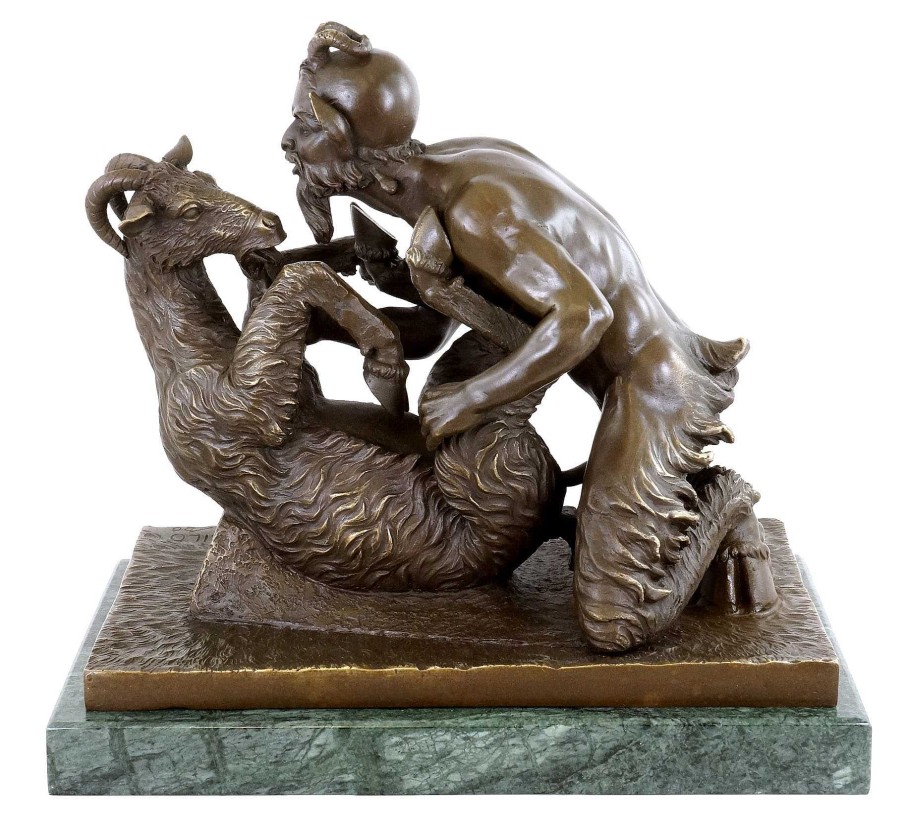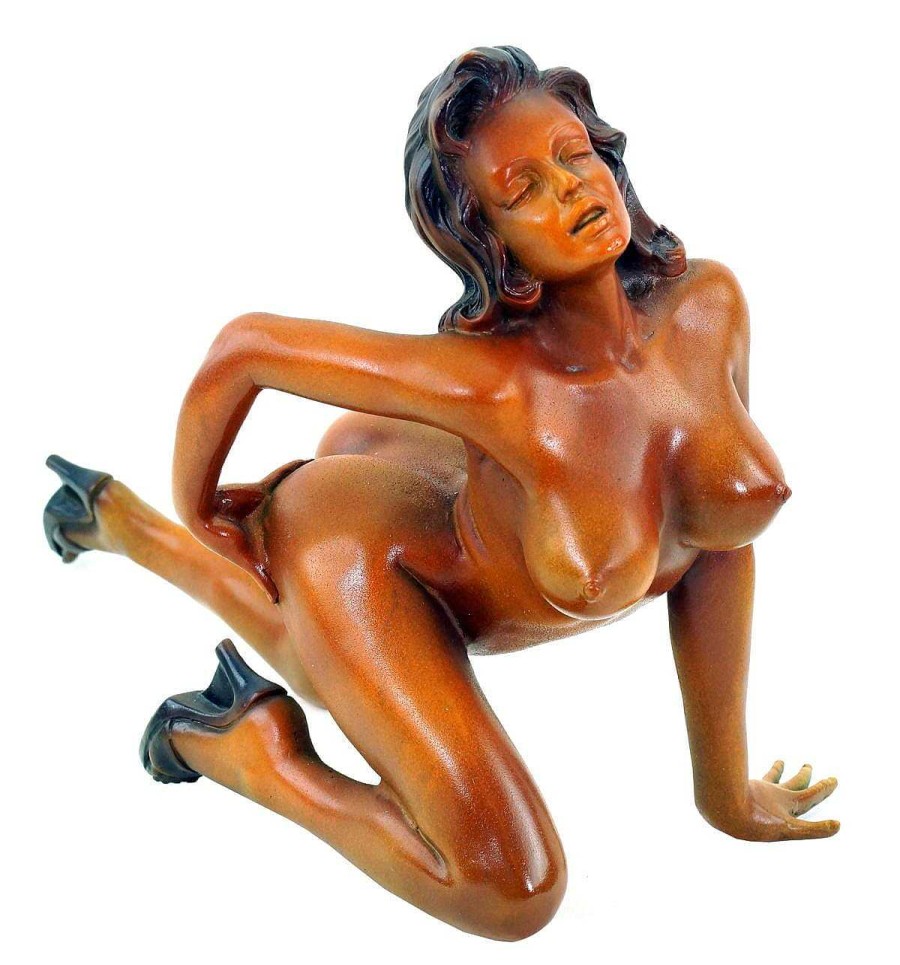Auguste Rodin Famous Bronze Sculpture – The Thinker – Signed Auguste Rodin Contemporary Art
£512.74 £77.22
Auguste Rodin Famous Bronze Sculpture – The Thinker – Signed Auguste Rodin Contemporary Art

“The Thinker” Is A Famous Sculpture By The French Sculptor Auguste Rodin And Is Considered One Of His Most Significant Works. Here Are Some Key Details About This Iconic Sculpture:
- Origin: “The Thinker” Was Initially Conceived As Part Of A Larger Work Called “The Gates Of Hell”, Which Rodin Designed For A New Decorative Arts Museum In Paris. “The Gates Of Hell” Was Inspired By Dante Alighieri’S “The Divine Comedy,” And “The Thinker” Was Intended To Represent Dante Himself, Contemplating His Verses.
- Design: The Sculpture Depicts A Man Deep In Thought, Sitting Naked On A Rock. His Muscular Depiction And Contemplative Pose Have Led To Many Interpretations And Speculations About The Meaning Of The Work.
- Reception: Although “The Thinker” Was Originally Conceived As Part Of “The Gates Of Hell”, Rodin Quickly Recognized The Figure’S Uniqueness And Decided To Cast It Separately And In Various Sizes. The Sculpture Soon Became Symbolic Of Human Reflection And Intellect.
- Locations: There Are Many Plaster Casts And Bronze Copies Of “The Thinker” Around The World. The First Large Bronze Version Was Cast In 1902 And Now Resides In The Rodin Museum In Paris.
- Influence: “The Thinker” Has Inspired Many Artists And Writers And Is Often Referenced In Popular Culture. It Has Become A Universal Symbol For Deep Thought And Philosophy.
- Vandalism: Unfortunately, The Sculpture Has Also Been A Target For Vandalism. A Version Of “The Thinker” At The Cleveland Museum Of Art Was Damaged In A Bomb Explosion In 1970, Perpetrated By Radical Activists. The Sculpture Was Later Restored But Still Bears Marks From The Attack.
- Relevance: “The Thinker” Remains Relevant To This Day And Is Often The Subject Of Debates And Discussions About Art, Philosophy, And The Human Condition.
The Creation Of “The Thinker” Testifies To Rodin’S Ability To Express Deep Emotions And Complex Human States Through Sculpture. The Piece Challenges Viewers And Prompts Reflection On The Nature Of Thought And The Human Experience.
Height: 27 Cm Width: 20 Cm Depth: 13 Cm Weight: 4,8 Kg 100 % Bronze
Be the first to review “Auguste Rodin Famous Bronze Sculpture – The Thinker – Signed Auguste Rodin Contemporary Art” Cancel reply
Related products
Bronze Sculptures & Statues
Bronze Sculptures & Statues
Bronze Sculptures & Statues
Bronze Sculptures & Statues
Kunst & Ambiente Erotic Nude – Egyptian Pharaoh Cleopatra – J. Patoue Erotic Nudes – Vienna Bronze
Bronze Sculptures & Statues
Bronze Sculptures & Statues
Bronze Sculptures & Statues
Bronze Sculptures & Statues

























Reviews
There are no reviews yet.